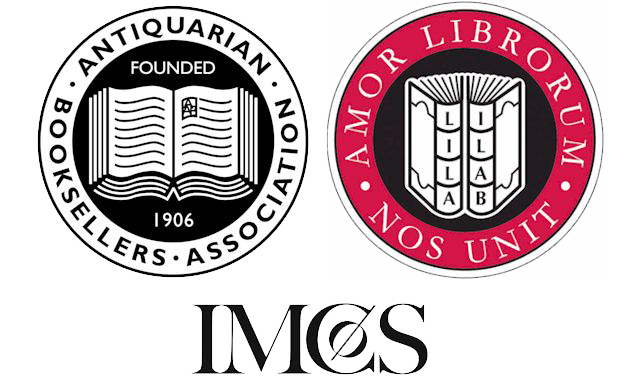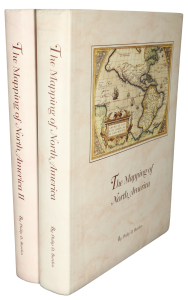Rare Maps and Prints
- World & Celestial
- North America
- West Indies, South & Central America
- British Isles
- British Isles
- English counties
- Large-scale
- Bedfordshire
- Berkshire
- Buckinghamshire
- Cambridgeshire
- Cheshire
- Cornwall
- Cumberland
- Derbyshire
- Devon
- Dorset
- Durham
- Essex
- Gloucestershire
- Hampshire
- Herefordshire
- Hertfordshire
- Huntingdonshire
- Islands
- Kent
- Lancashire
- Leicestershire
- Lincolnshire
- Middlesex
- Norfolk
- Northamptonshire
- Northumberland
- Nottinghamshire
- Oxfordshire
- Rutland
- Shropshire
- Somerset
- Staffordshire
- Suffolk
- Surrey
- Sussex
- Warwickshire
- Westmoreland
- Wiltshire
- Worcestershire
- Yorkshire
- Wales
- Scotland
- Ireland
- Western Europe
- Eastern Europe
- Middle East
- Africa
- Asia
- Australasia & Pacific
- Decorative Prints
- Title Pages
Mr. Philip D. Burden
P.O. Box 863,
Chalfont St. Giles, Bucks HP6 9HD,
UNITED KINGDOM
Tel: +44 (0) 1494 76 33 13
Email: enquiries@caburden.com
‘The general outline of the map is derived from Peter Minuit, itself drawn from the Adriaen Block chart of 1614. This is most noticeable by the curious depiction of the shoals off Cape Cod. The map is improved in many areas but in others, particularly the St. Lawrence River and Lake Champlain, Janssonius still relies on the out-of-date map of Champlain, 1632. The region of New Amsterdam is much improved with a more recognisable form of Manhattan Island. Long Island is also more accurately portrayed as one homogeneous island. Janssonius records the ever expanding English settlements as far as Long Island, particularly the eastern portion. At its western end can be found a recognisable Breukelen, amongst others. The Hudson River is full of names, even the Maquaas Kill, or Mohawk River, the latter bearing largely Indian villages.
The Versche, or Connecticut River, is similarly extended far inland. Many of the English settlements appear here for the first time on a printed map. Mr. Pinsers marks the site of Springfield, founded by William Pynchon in 1636. Voynser, Windsor, Herfort, Hartford, and Weeters Velt, Weathersfield, all appear. For good measure the Dutch fort of Goode hoope built in 1623 is also shown. Along Long Island Sound Stamfort, Nieuhaven and Milfort are more easily recognised. Both Martha’s Vineyard and Nantucket are present below a curiously named NIEUW HOLLANT. Less knowledge of the English presence in Massachusetts is seen by the noticeable lack of Boston, already the most important town of the region. The short lived Swedish presence on the Delaware River from 1638 is shown with the first illustration of the settlements, such as t’ Fort Christina and t’ Fort Elsenburgh. The Delaware River itself is curiously connected upriver with the Hudson, and the delineation of the Susquehanna is much improved’ (Burden).
The first state of the map was separately published but is known to appear in the fifth volume of Jansson’s ‘Atlas Novus’, 1657, but only in the Latin edition. Burden (1996) 305; Campbell (1965) pp. 279-84 nos. 1-3; Cumming (1980) p. 83; Fite & Freeman (1926) pp. 146-8; Koeman (1967) vol. 2 pp. 159-63 & 495 ME 166 no. 6 (incorrectly listing the map as a later state of Janssonius’ map of 1636); Stokes (1915) vol. 1 pp. 143-6, & vol. 2 pp. 118-20, pl. 39 (illustrates the Minuit map).
Belgii Novi Angliae Novae, et Partis Virginiae Novissima Delineatio
SOLD






